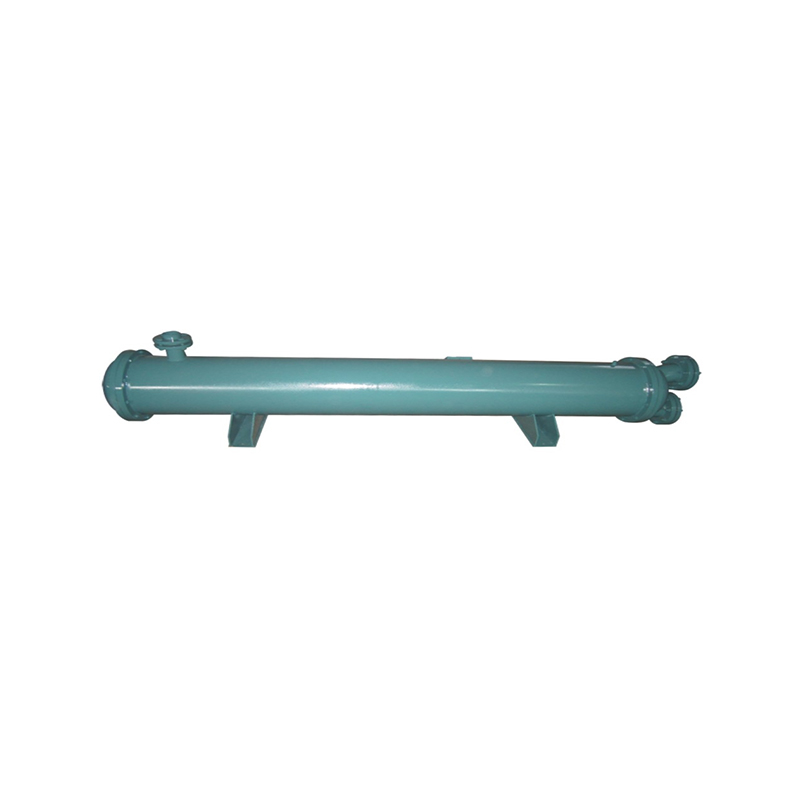Evaporator achieves efficient heat absorption
The evaporator, as the starting point of the refrigeration cycle, is responsible for converting liquid refrigerant into gas and absorbing heat from the surrounding environment. In condensing units, the evaporator usually adopts a sophisticated tube-fin structure design to maximize the heat exchange area and optimize fluid flow. This design allows the refrigerant to evaporate quickly under low pressure, absorbing a large amount of heat from the surrounding environment, thereby achieving rapid cooling.
The heat exchange efficiency of the evaporator is affected by many factors, including the type of refrigerant, evaporation temperature, evaporation pressure, and the material and structure of the evaporator itself. By selecting high-efficiency refrigerants, optimizing evaporation temperature and pressure settings, and combining advanced manufacturing processes, the evaporator in modern condensing units can achieve a heat exchange efficiency of more than 90%. This means that under the same cooling capacity demand, the evaporator can absorb heat from the environment more effectively, thereby reducing energy consumption and improving the overall performance of the system.
Condenser ensures efficient heat release
Corresponding to the evaporator, the condenser is the heat release link in the refrigeration cycle. In the condensing unit, after the high-temperature and high-pressure refrigerant vapor enters the condenser, it quickly condenses into liquid and releases a large amount of heat through heat exchange with the cooling medium (such as water or air). The heat exchange efficiency of the condenser also has a profound impact on the performance of the refrigeration system.
In order to improve the heat exchange efficiency of the condenser, the condensing unit usually adopts a variety of technical means. For example, the water-cooled condenser uses circulating water as the cooling medium to accelerate heat transfer by increasing the water flow rate and heat exchange area; while the air-cooled condenser uses a fan to drive the air flow to increase the air flow and reduce the air temperature to improve the heat exchange efficiency. In addition, some advanced condensers also use a hybrid heat exchange method, that is, using water and air for cooling at the same time to further improve the heat exchange performance.
The heat exchange efficiency of the condenser depends not only on its design structure and cooling method, but also on factors such as the temperature and flow of the cooling medium and the cleanliness of the condenser surface. Therefore, in practical applications, the condenser needs to be regularly maintained and serviced to ensure that it is always in the best working condition.
Comprehensive application of efficient heat exchange technology promotes performance upgrade of condensing units
With the continuous advancement of refrigeration technology and the increasing diversification of market demand, the evaporator and condenser inside the condensing unit are also constantly innovating technology and optimizing performance. By adopting advanced heat exchange materials, optimizing heat exchange structure, improving manufacturing process level and introducing intelligent control system, condensing units have achieved a leap from single refrigeration function to multi-dimensional performance improvement such as high efficiency, energy saving and environmental protection.
Driven by efficient heat exchange technology, condensing units can not only operate stably in a wider temperature range, but also automatically adjust the cooling capacity and energy consumption level according to actual needs, thereby achieving more accurate and efficient refrigeration effect. This comprehensive improvement in performance not only helps to reduce the operating costs of enterprises and improve production efficiency, but also helps to promote the sustainable development and green transformation of the entire refrigeration industry.











